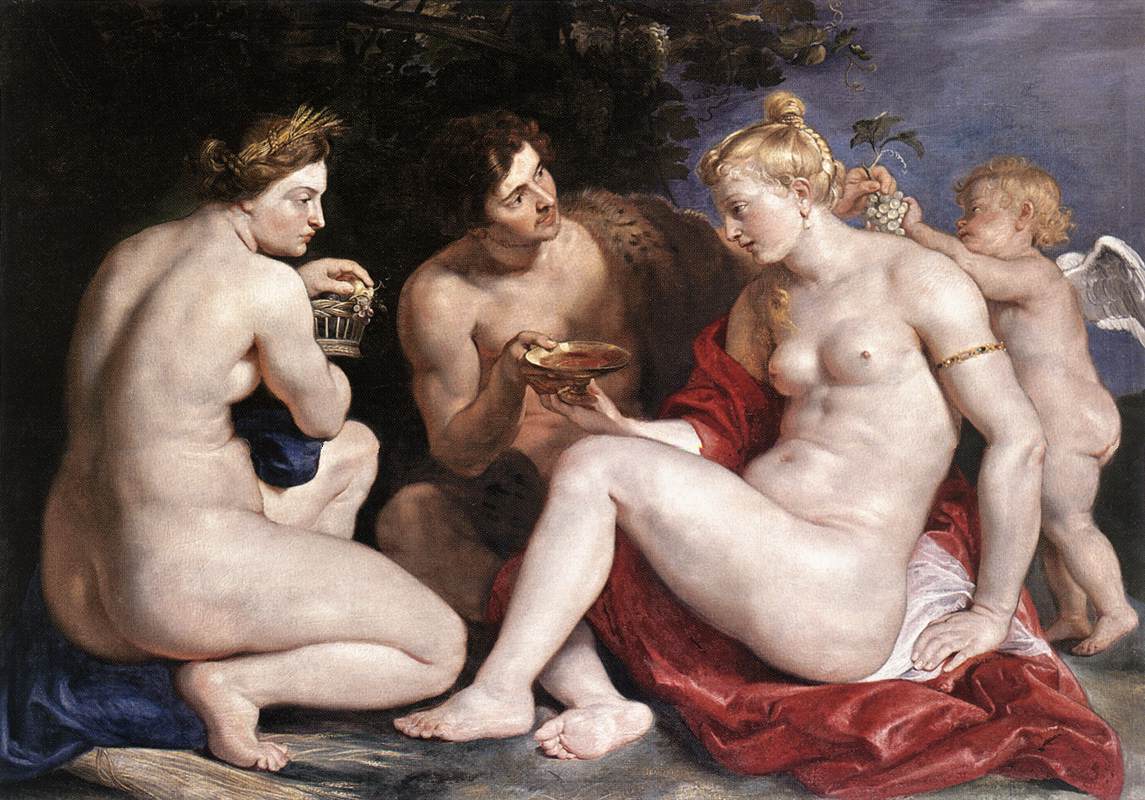Peter Paul Rubens, a Flemish classical artist from 1577 to 1640, is a renowned painter who is known worldwide for entrancing admirers with his nude portraits. His Baroque paintings, filled with flowers, women and cherubs, are considered to be the height of classical aestheticism; but even this couldn’t pass Mark Zuckerberg’s censorship on Facebook. Should social media be able to have the power to determine the content we see? Are three-second nudes on snapchat truly the equivalent of an over three-hundred-year-old masterpiece? Certainly not. It begs the question of what else has been restricted from our view – and not just in terms of art and culture. Museums and galleries are full of nude statues, paintings and sculptures that are supposedly fine for all ages to admire in person. The fact that Facebook has such restrictions that cannot tell the difference between an unsuitable picture and a masterpiece is a crime.

Censorship has been a significant issue recently, especially in regard to social media. What other masterpieces are being suppressed alongside Rubens’s because of their renaissance-esque content? If such restrictions are in place on sites like Facebook, how many others do the same without our knowledge? Some have commented that the work is too graphic for the eyes of children who might be exploring social media. But, in terms of access, what is the difference between admiring artwork online and admiring it in person? Are we as a modern society really so prudish as to not even be able to appreciate classic art? Graffiti on school desks and walls are often more graphic than these paintings. Can we really depreciate the value of Rubens’ work because of a few naked women? Much more graphic content, from physical violence to animal abuse, is often still on our Facebook feed, but a well-painted bottom is too lewd for our eyes?
Surely the fact that artwork is now available to be viewed online is a step forward for those who either can’t afford a trip to a European museum or for those with a disability and would find the journey particularly arduous. By placing limits on access, Facebook could quickly become a new barrier for people to face.

It is understandable that social media, Facebook in particular, is attempting to restrict access to pornographic and generally unsuitable material. Yet, surely some sort of line has been crossed? There has always been a debate surrounding the erotic nature of art and its suitability for audiences – even this year a number of mildly erotic paintings were removed from the Manchester Art Gallery. But to what extent is this still a prevalent issue? This restriction cannot be deemed justifiable when faced with the sheer talent and esteem that Rubens work is held under. Michelangelo’s David is an internationally revered sculpture of masculine perfection that is known worldwide for his nude form. Would Facebook censor this too?
Accessibility is swiftly becoming a distinctive issue in the art world and solutions are not as forthcoming as might be expected. It seems that social media corporations like Facebook will only restrict access further, even if it is a masterpiece painting with a lady’s bottom in it.
Stephanie Bennett
Images courtesy of Wikipedia

